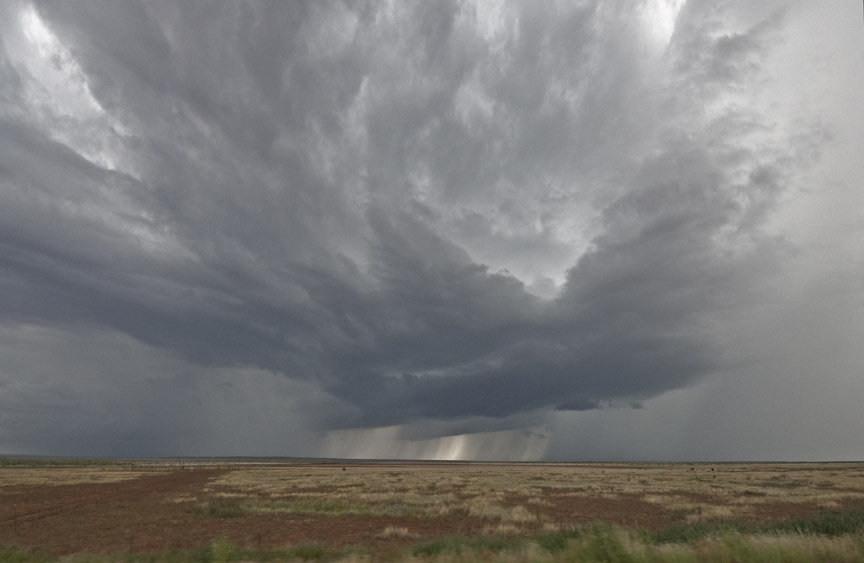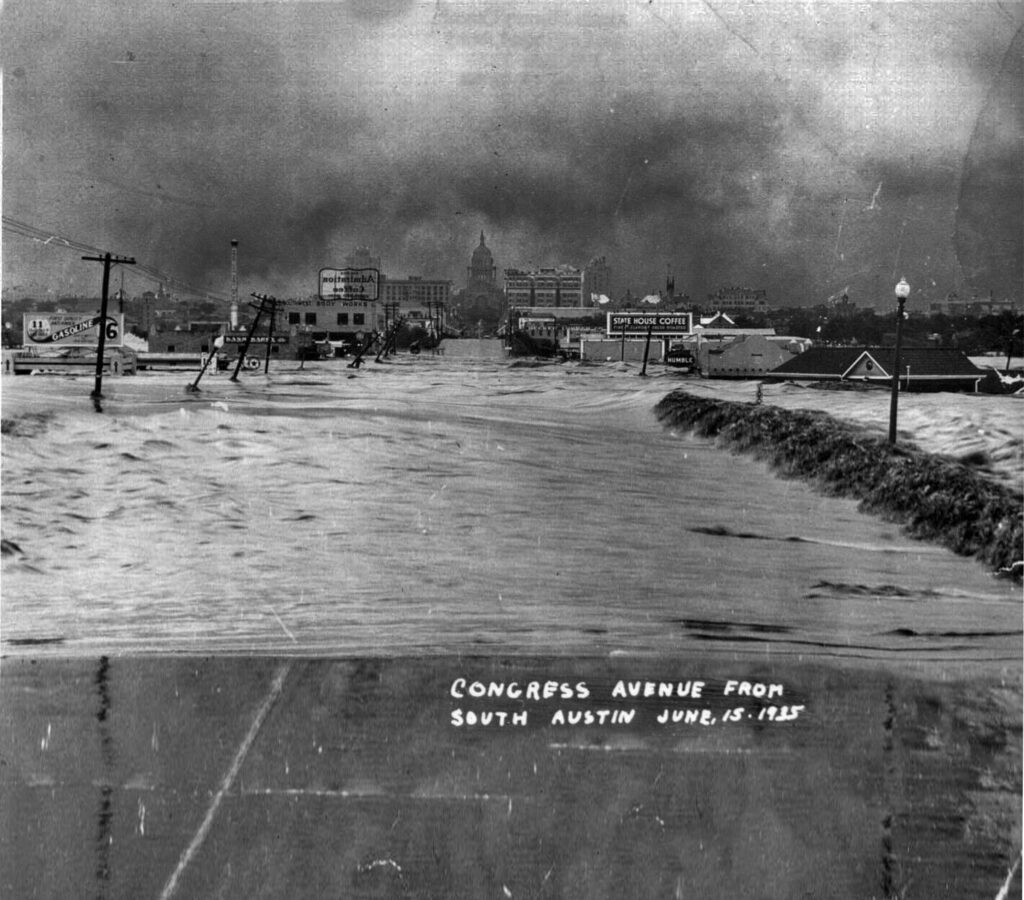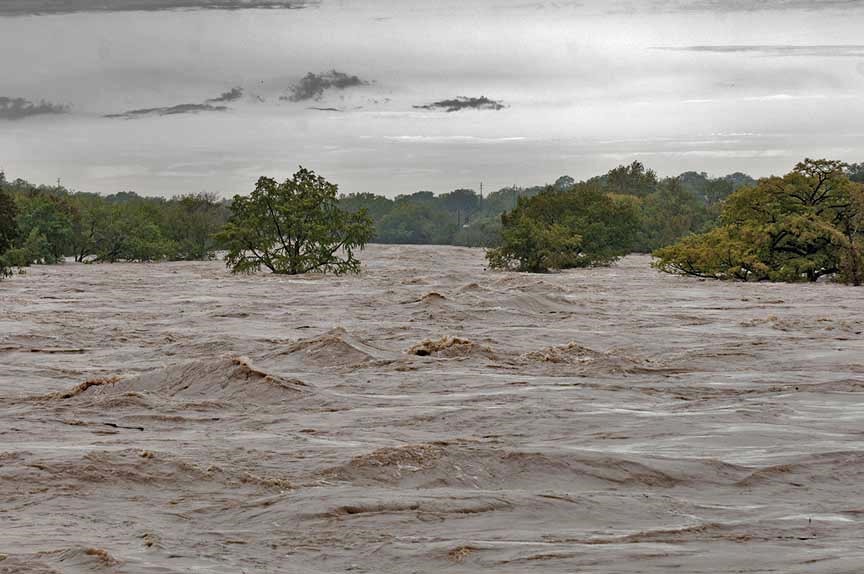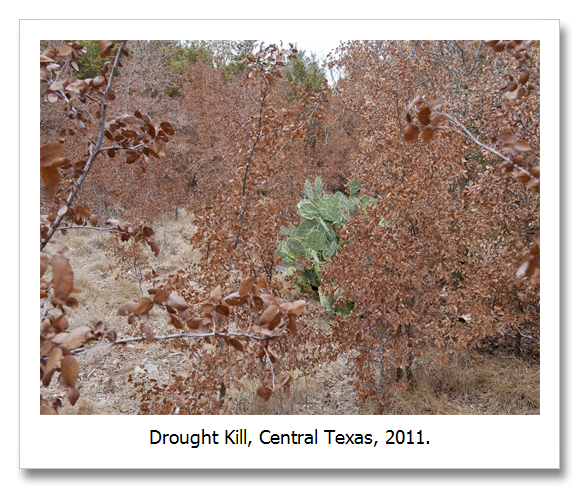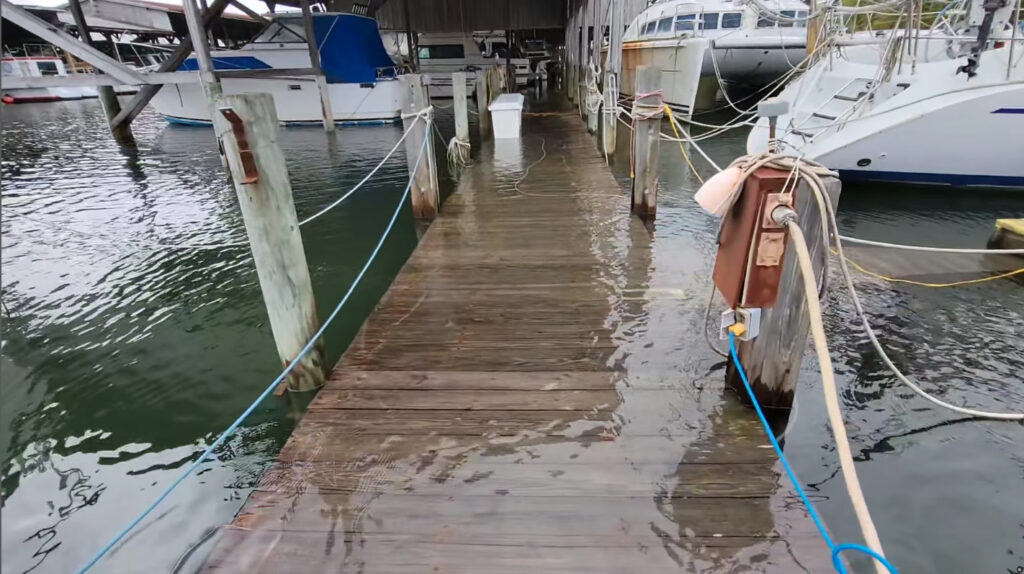
Climate Change Across America Filming Report, September/October 2024: East Coast and New England – A Summary Bruce Melton PE This season we witnessed 13,000 miles of climate change across the Eastern US from Texas to New England and down to the Outer Banks. We witnessed mostly natural systems degradation from warming effects, where this degradation…










